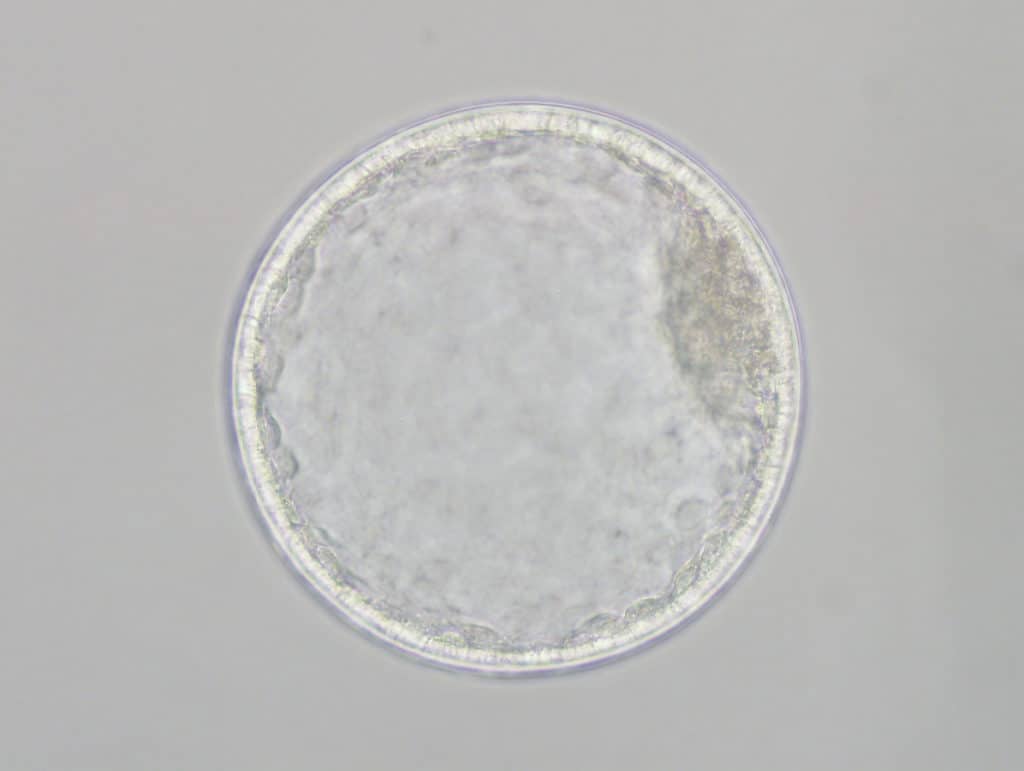
UK to Host Revamped Equine Showcase, Equine Vet CE Session
The University of Kentucky Ag Equine Programs will host its 8th Annual UK Equine Showcase in conjunction with an Equine Vet Continuing Education session (formerly known as the Kentucky Breeders’ Short Course) Jan. 25-26, 2019.





























